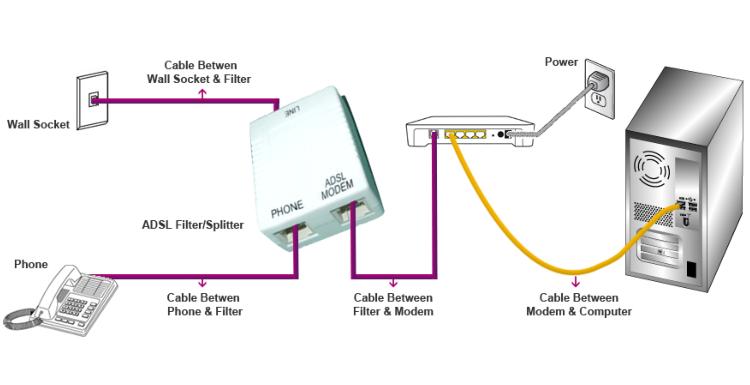Networking has given a different perspective on the economy. Taking a business to the net gives it a better chance of survival, As a business you would do whatever you could to keep your business going and if it applies to your business you should definitely consider going online.
So what can the net bring to your business?
Pro’s
- Global marketing, allowing you to ship across the world to anyone who needs your product.
- 24 hour service, allowing people to order from your business 24/7.
- Allows for automation, Invoices, billing and shipping orders can be handled via software
Cons
- Can be expensive in the short term to get online, the need for servers, proxy’s, databases and software
- Less need for employees due to automation so people can lose jobs.







